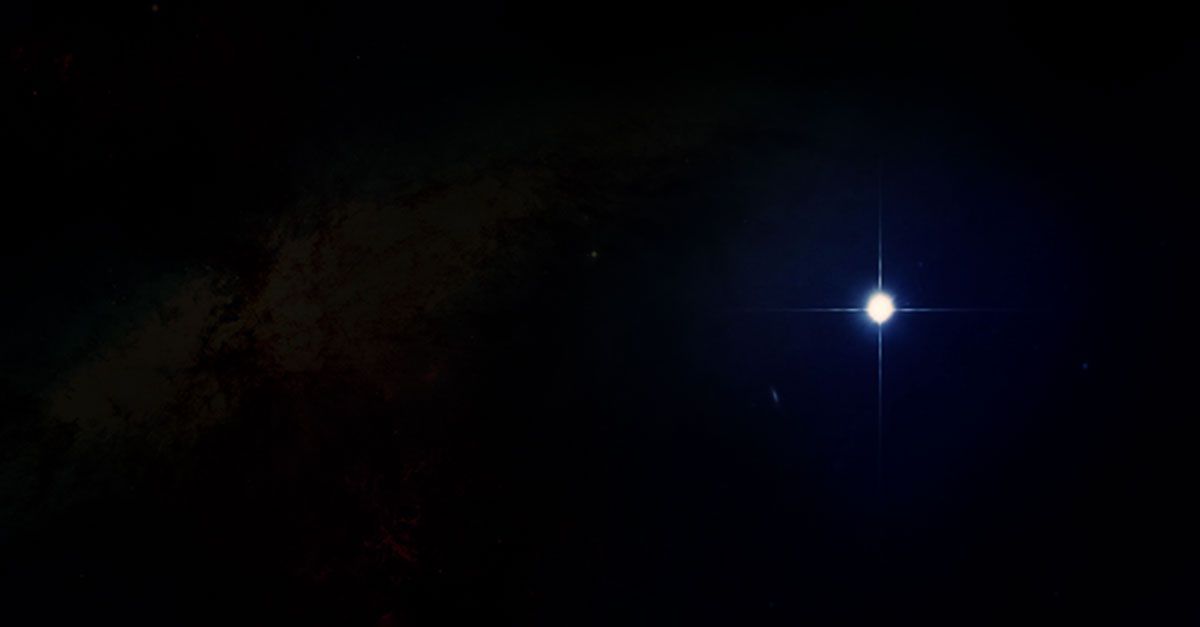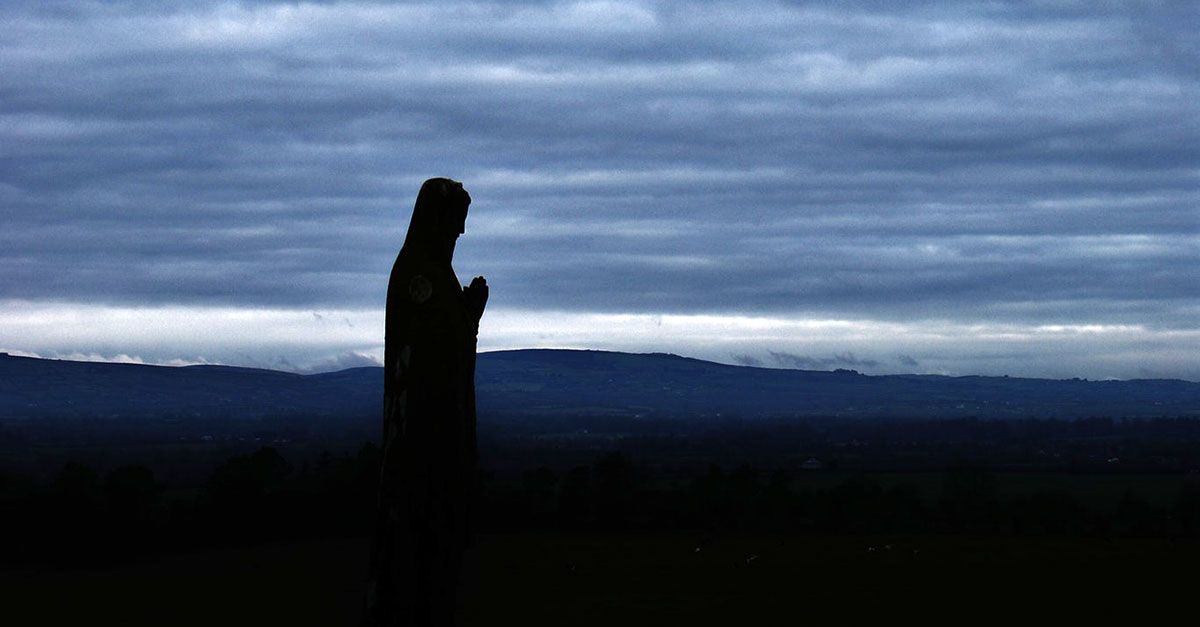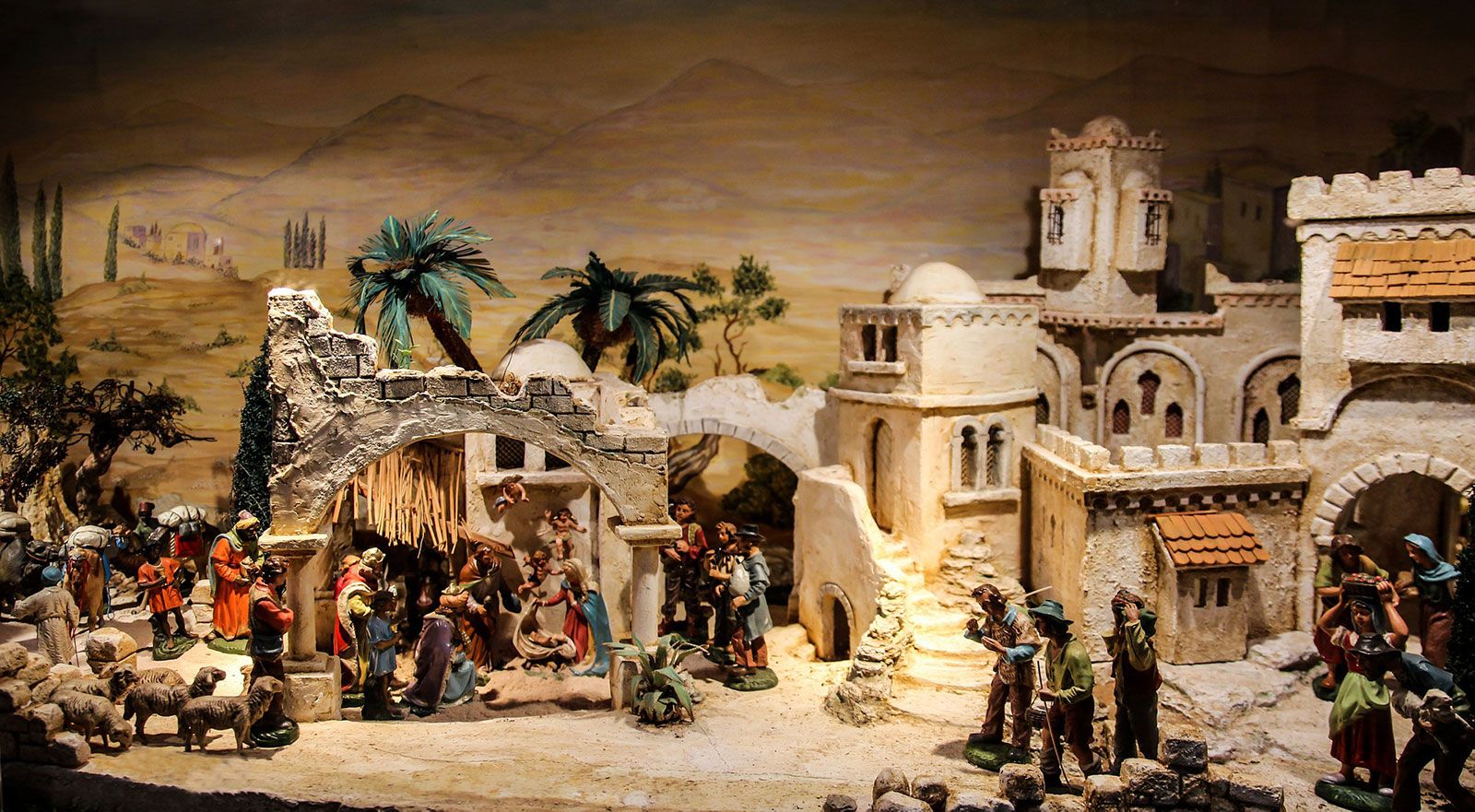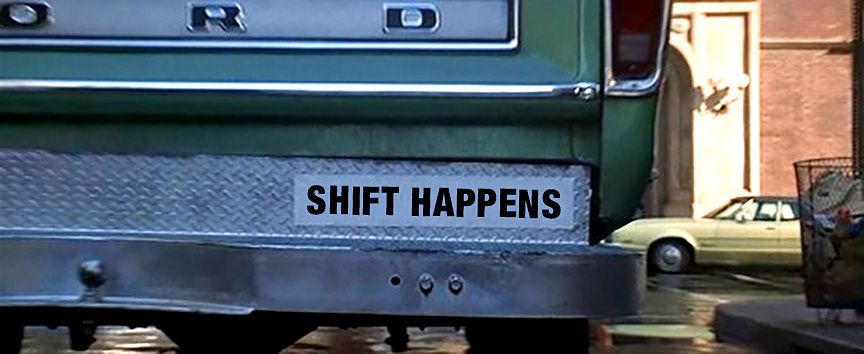A bright star in the night sky
CrossOver reflection for Watch Night, Epiphany • December 30, 2018
We Make the Road by Walking, Chapter 18
By Bishop Elaine JW Stanovsky
A baby was born who turned the world on its head. Lives are changed by Jesus, who opens our eyes to God’s transforming love and justice. We celebrate his birth extravagantly, because we understand that his life, death and resurrection are awesome in their creative power—maybe even awe-ful in their disruptive power. They show us that life is not in vain, that the most violent powers of sin and death cannot snuff out the hope that burns in our hearts, even at times like a small, flickering flame.
The story of Jesus turns us inside out as we sing, “the hopes and fears of all the years are met in thee tonight.” I pray that your very personal hopes and fears are met by Jesus in the New Year.
This week, United Methodists will carry our very public hopes and fears from 2018 into 2019 as the year turns. A special session of General Conference in February will seek a way forward out of decades of strife over whether and how the Church will welcome and include, or reject and exclude, people based upon their sexual identities and orientations.
What are the hopes that delegates will bring to the Conference?
- Full Inclusion. The Simple Plan would remove of restrictive language in the Book of Discipline to enact full inclusion of LGBTQ people in the life and ministry of the Church. Sexual identity and orientation would not be a standard for ordination. Same sex weddings would be allowed. [Learn More|Proposed Legislation]
- Obedience to scripture and discipline. The Traditional Plan reaffirms the traditional teaching that marriage between one man and one woman is the norm. “Self-avowed practicing homosexuals” would be prohibited from ordination and same-sex weddings would be prohibited, with stricter enforcement of each. [Learn More|Proposed Legislation]
- A new definition of Connection. The Connectional Conference Plan is the most complicated of the three proposed by the Commission on a Way Forward providing for three overlapping conferences which share some services but have more theological autonomy. Of the major plans, if provides the most space for theological differences but probably has the least support due to the number, and difficulty, of the changes proposed. [Learn More|Proposed Legislation]
- Room for contextual adaptation. The One Church Plan offers less legislated uniformity and allows clergy, local churches and annual conferences to set standards and practices appropriate to their ministry context and exercise of conscience. [Learn More|Proposed Legislation] I have publicly joined other bishops and leaders of the Western Jurisdiction in support of the One Church Plan. [Press Release]
Depending on the outcome of the Special General Conference, our United Methodist Church could enter into a season of wrenching schism, with some churches leaving whatever the new form is that emerges, or we could experience a tectonic shift as differing standards are set in conferences and churches across the denomination.
There’s a lot at stake. Feelings run high. Opinions about what scripture says, and how determinative it should be, run deep. At times there is more heat than light in the conversations.
This week we will celebrate Epiphany, which means the manifestation of God to gentiles—people outside the Jewish community of faith. Matthew tells the story of Magi whose astrological faith traditions led them to follow a star to Jesus. It teaches us that people don’t have to think or believe alike to recognize God’s transforming presence in the world. It shines as a bright star in the night sky. It shines on the just and the unjust. It is universally accessible to all.
So, if God’s revelation is visible and accessible to people of many faith perspectives. And United Methodist Christians are led on their journeys with Jesus to very different understandings of human sexuality and standards for participation in the Church, then how are any of us to find our way through the complex and contradictory proposals under consideration?
Here’s what I’m going to do, and what I invite you to do with me.
- As a way of searching our own hearts and inviting God to speak to us for what lies ahead. On or around New Year’s Eve, take a quiet time apart to experience John Wesley’s Watch Night Covenant Service. First, prayerfully read through the service (Click here to review and download) and write your reflections and personal commitments and prayers. Then, alone or with others, pray through the service. This is a time-honored new year’s practice of Methodists—a time of reflection, humility, re-dedication. Brian McLaren, author of We Make the Road by Walking, describes it as one of the treasures of the Church.
- If you aren’t already participating in the year-long study of We Make the Road by Walking, January 1 is a great time to jump in. Go to greaternw.org/crossover/ to learn how. Especially subscribe to the “CrossOver to Life” blog by following the link on that page.
- From now through February, pray for the Special General Conference. Pray that the Holy Spirit would be present to bless and guide our Church for a future of faithfulness and fruitfulness.
- Follow the events of the General Conference at http://greaternw.org/gc2019/. As the time grows closer, up to date coverage will be posted here.
What we know for certain is that on February 27, we will have neighbors to love and to welcome, and we must be prepared to carry our ministries forward no matter what.
O holy Child of Bethlehem, descend to us, we pray;
Cast out our sin, and enter in, be born in us to-day.
We hear the Christmas angels, the great glad tidings tell;
O come to us, abide with us,
Our Lord Emmanuel.
Elaine JW Stanovsky serves as the resident bishop of the Greater Northwest Area including the Alaska, Oregon-Idaho and Pacific Northwest Conferences of The United Methodist Church.











